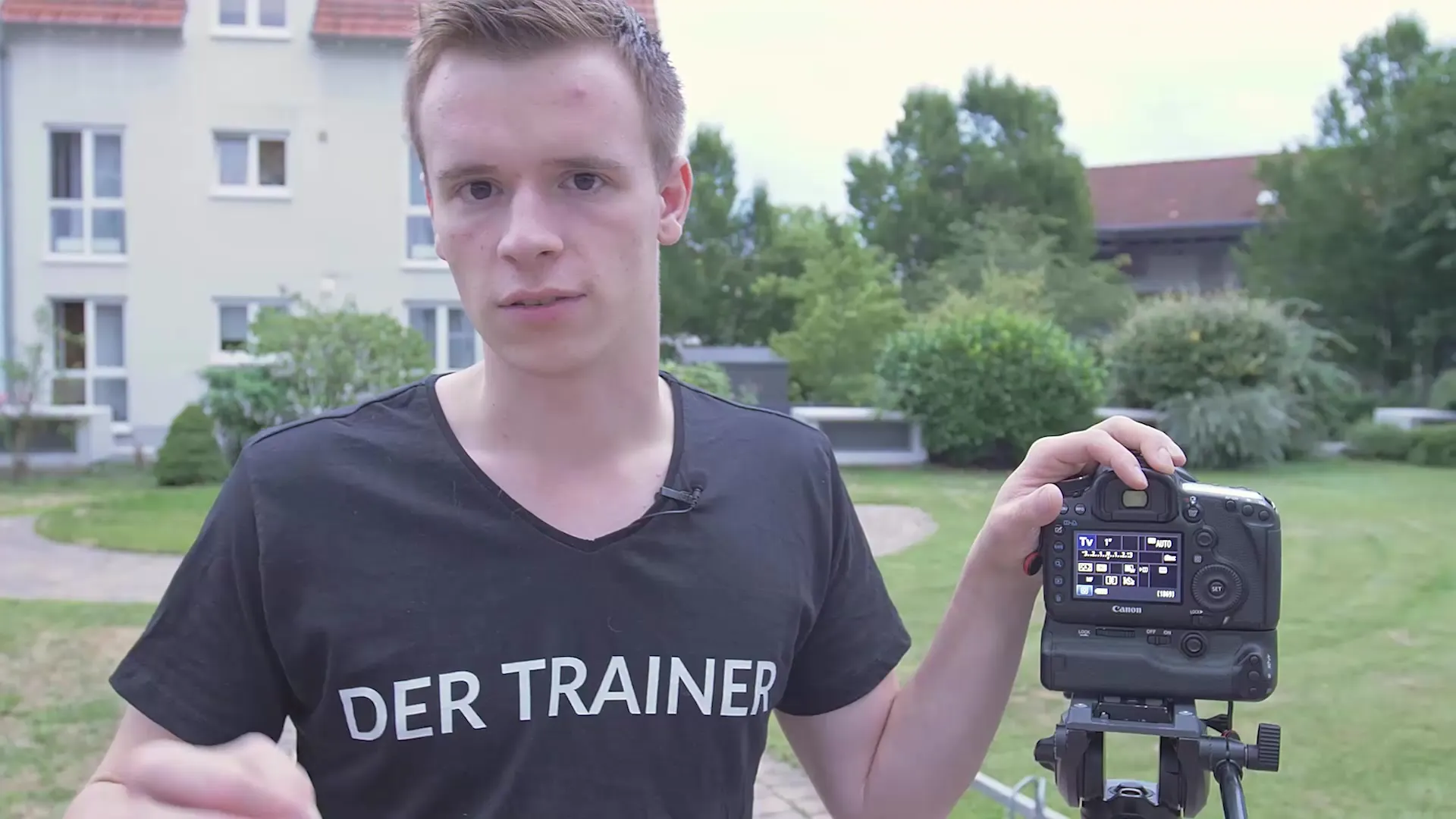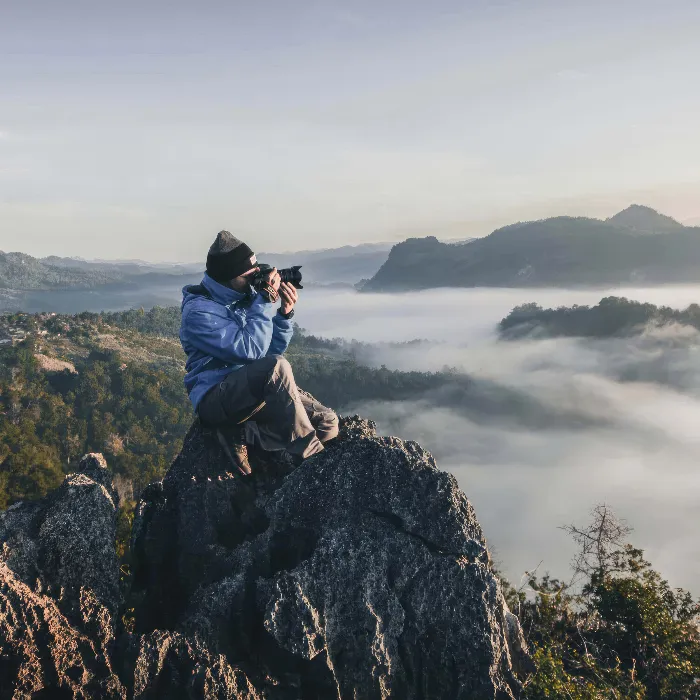You are just at the beginning of your photographic journey and have surely dealt with the various camera modes. But when is which mode actually useful? This guide will help you make the right choice so you can achieve the best results in different situations. Let's dive directly into the various modes and find out how you can use them effectively.
Key findings
- The TV mode (shutter priority) is suitable for long and short exposures.
- The AV mode (aperture priority) is optimal for portraits and macro photography.
- The P mode (program mode) is suitable for quick shots without much effort.
- Half automatic modes make it easier for beginners to get started and often guarantee correct exposure.
Step-by-step guide
Long exposure in TV mode
If you want to make long exposures, TV mode is the best choice. This way, you can set a specific exposure time for the camera while it automatically adjusts the other settings. For example, you can choose an exposure time of one second, allowing you to achieve creative effects without worrying about ISO values or aperture.
Short exposure in TV mode
The TV mode is suitable not only for long exposures but also for short exposures. If you want to freeze motion silently, it makes sense to set a faster exposure time. This way, you can also control the exposure time while the camera adjusts all other values automatically. This flexibility makes the TV mode particularly valuable for action scenes.
Portrait and macro photography in AV mode
If you wish to take portraits or macro photographs and play with focus, you should switch to AV mode. Here, you have control over the aperture, allowing you to determine how much blur should be present. The camera will take care of exposure time and ISO values, so you can comfortably experiment with the depth of field.
Quick shots in P mode
The program mode (P mode) is ideal when you want to take a photo quickly. If the situation requires it, you don't have to worry about exposure because the camera will handle that for you. This is particularly convenient when you don't have much time and still want to achieve acceptable photo quality.
Practicing manual settings
Although automatic modes take a lot of work off your hands, manual settings should not be neglected. I recommend taking your time to practice manual settings so you get a feel for the camera. It is important to understand the difference between the modes before working with manual settings in hectic situations. Only then can you ensure that you make the right decisions in critical moments.
Trying out the different modes
Take the time to try out the four basic modes — Manual, AV, TV, and P. Each mode has its own advantages, and the more you experiment, the better you will understand when which mode is the most sensible for you. Don't get discouraged if not all images are perfect right away; practice makes perfect.

Summary – Learning to photograph: Using camera modes effectively
You now have a clear idea of when which camera mode is useful and how you can use the different modes to further develop your photographic skills. Be patient with yourself, practice regularly, and have fun with photography. Good luck on your photographic journey!
Frequently Asked Questions
What is the difference between TV mode and AV mode?TV mode controls the exposure time, while AV mode controls the aperture.
When should I use P mode?P mode is great for quick shots when you have little time to make adjustments.
Can I photograph in manual mode if I am a beginner?Yes, you can photograph in manual mode, but you should allocate enough time for practice to understand the basics.
Is it better to work in AV mode or TV mode?It depends on the type of photography: AV for portraits/macro photography and TV for long or short exposures.
How can I efficiently practice manual settings?Take enough time to learn how to handle your camera in manual mode and experiment in calm situations.


